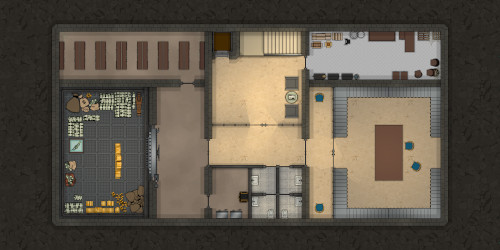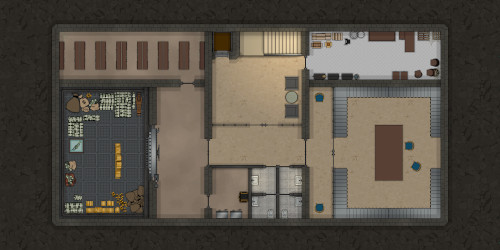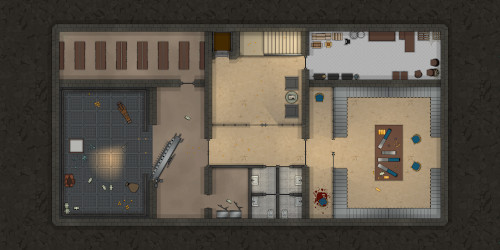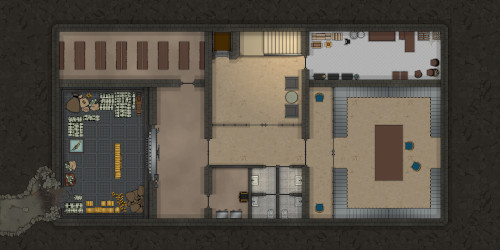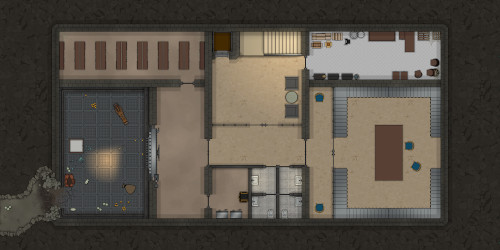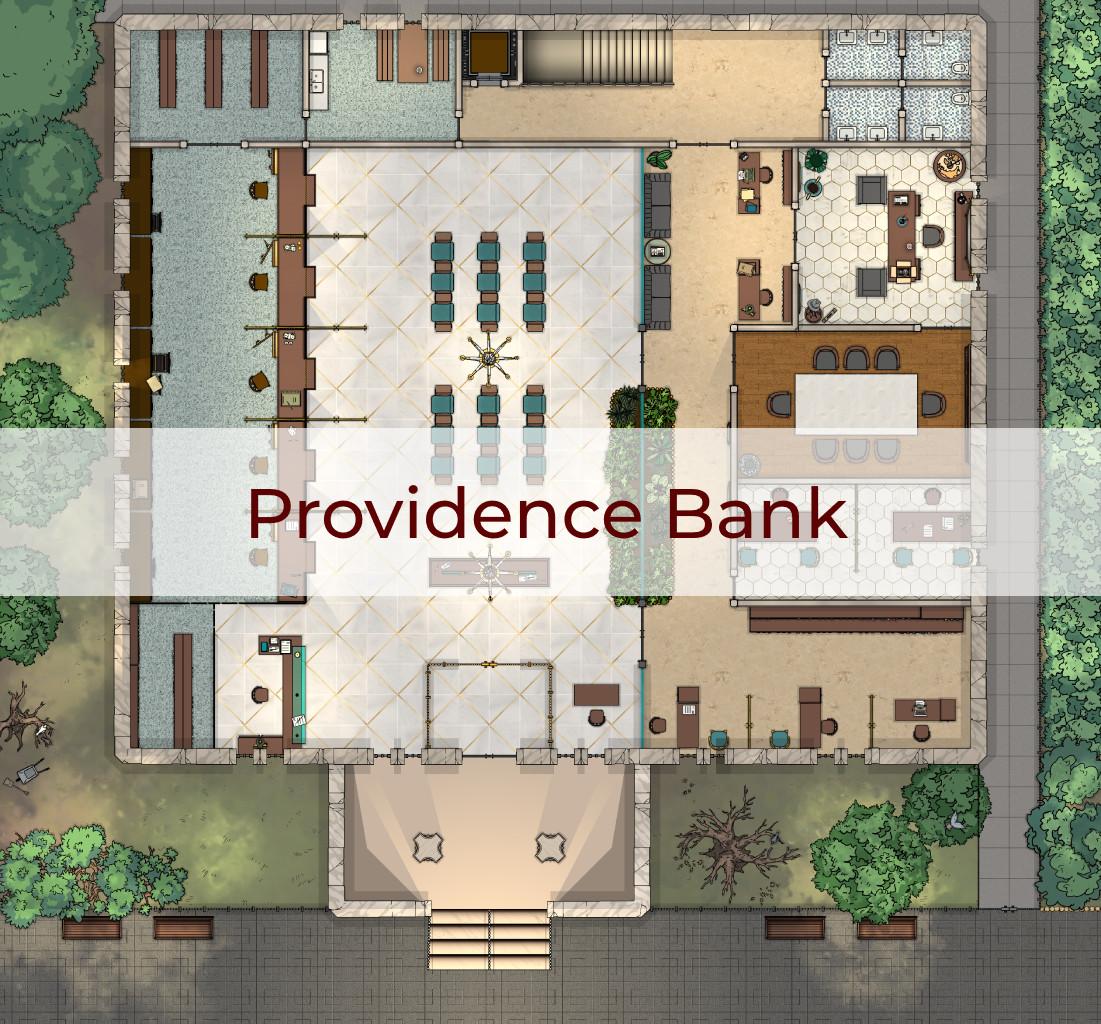Why do certain safety deposit boxes require two keys that are never held by the same person, and what's behind the bank's policy of staying open during city-wide emergencies? Which accounts show regular deposits from sources that predate the bank's founding, and why does the vault's construction include materials not used in standard banking security? What's stored in that sub-basement level that doesn't appear on building schematics?
Follow Cthulhu Architect on BlueSky!It is well enough that people of the nation do not understand our banking and monetary system, for if they did, I believe there would be a revolution before tomorrow morning.
― Henry Ford
Nathaniel Crowthorne had built his reputation auditing the books of struggling financial institutions, but Providence Bank presented puzzles that defied conventional accounting. The numbers simply didn’t align with reality---deposits that predated the bank’s incorporation, withdrawals made by customers decades after their recorded deaths, and interest calculations that followed mathematical principles he couldn’t identify.
The bank manager, a gaunt man named Hollis, seemed eager to conclude the audit quickly. He provided Nathaniel with a cramped office near the vault, explaining that the basement records had been “unfortunately damaged by flooding.” Yet Nathaniel noticed no water stains, only an odd, geometric pattern of discoloration on the walls that hurt to look at directly.
As evening fell and the last customers departed, Nathaniel remained to examine the safety deposit boxes. The vault door, ornate and impossibly heavy, bore inscriptions in what appeared to be multiple languages---some he recognized as Latin and Greek, others resembling no earthly script. Box 237 stood slightly ajar, though Hollis had assured him all were properly secured.
Inside, Nathaniel found not valuables, but pages of handwritten calculations spanning centuries. The handwriting changed, but the mathematical formulas remained consistent---equations describing compound interest that accumulated across dimensions, investments in realities that existed parallel to their own. Names appeared throughout: depositors who had leveraged their sanity as collateral for knowledge that banks in normal space-time couldn’t provide.
The whispers began as Nathaniel studied the documents. Soft at first, like rustling paper, they gradually formed words in languages that predated human civilization. The vault itself seemed to pulse with a rhythm that matched his heartbeat, and he realized with growing horror that Providence Bank wasn’t merely a financial institution---it was a repository for debts that transcended the material world.
When morning came, the janitor found Nathaniel’s belongings scattered near the vault, the safety deposit boxes standing open like hungry mouths. The audit paperwork lay neatly stacked on his desk, every discrepancy resolved with surgical precision. The final entry, written in Nathaniel’s careful hand, simply read: “Account transferred. Balance: One soul. Interest rate: Compounding eternally.”
Providence Bank reopened the next day, its books perfectly balanced, ready to serve customers whose investments would yield returns beyond mortal comprehension.

